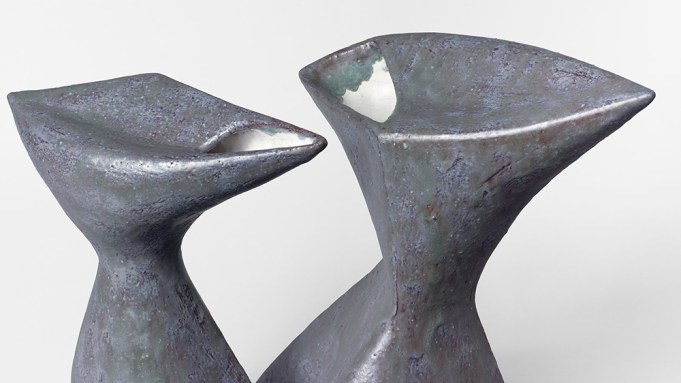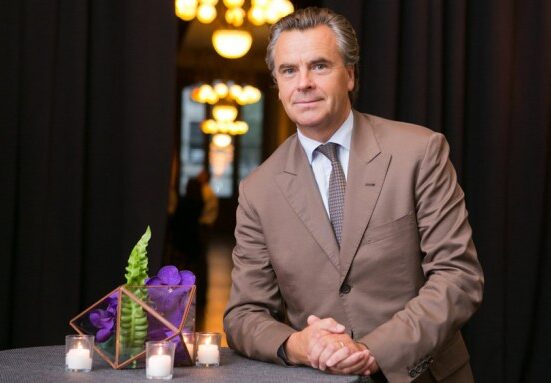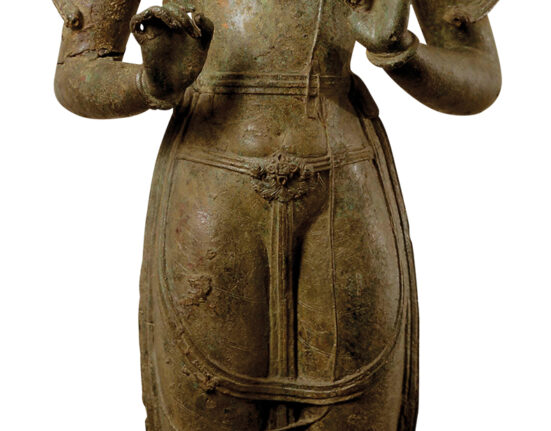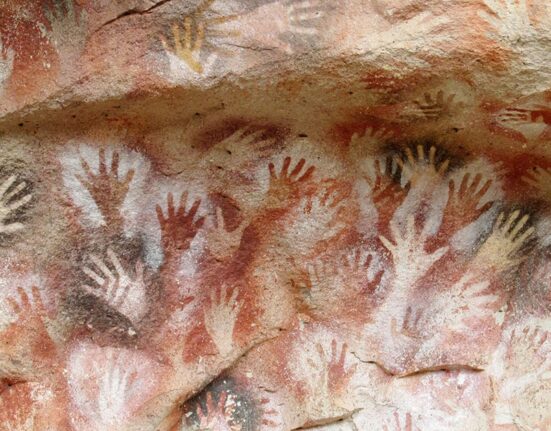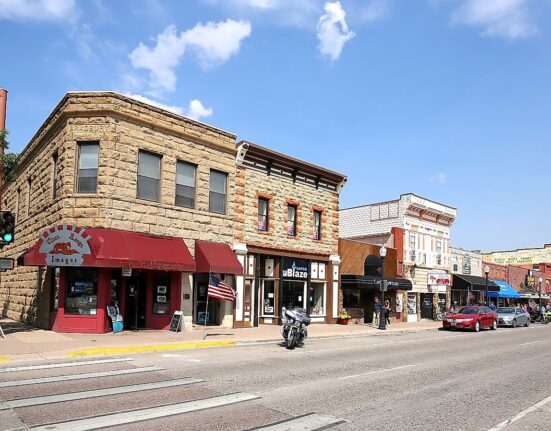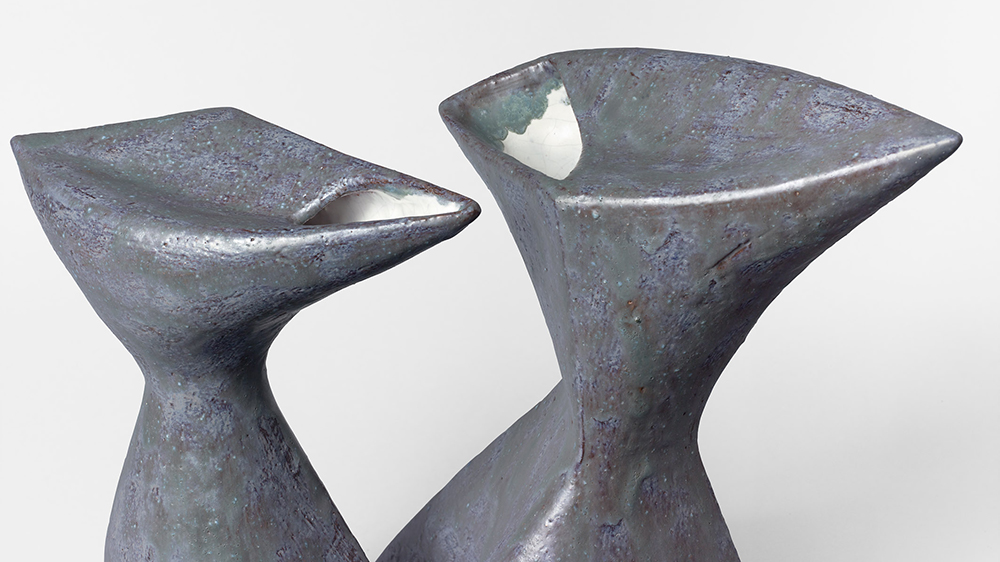
Herve Lewandowski
You’d be forgiven for thinking the European Fine Art Fair (TEFAF) Maastricht is stuck in its ways. Over the course of its 32-year history, the Netherlands-based fair has established itself as a mecca for those hunting old masters and antiques, all while largely ignoring both the modern and contemporary crowds. But that trajectory has shifted, slightly but significantly, in recent years.
“There’s been a great effort to strengthen our contemporary section, but not to the extent that we want to compete with Basel,” says CEO Patrick van Maris. “We just want to be strong in every category.” TEFAF’s design gallery lineup, a still-growing sector launched in 2009, best appeals to current tastes with a mix of pieces from the last century. Want to be part of TEFAF’s slow-but-steady revolution? Here are four design objects to scope out come March 7.
-
Growth Table Maple by Mathias Bengtsson
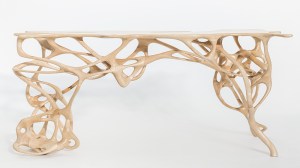

Image Credit: Taylor Smith Like any other plant, Mathias Bengtsson’s Growth Table Maple started with a seed—except this seed was digital and grew in a computer. The Danish artist created a program that mimics a plant’s natural growth patterns, then used the digitized roots and stems as sketches for the IRL wood table. The result: a unique work that marries artificial processes with natural materials, rendering polished, hand-assembled maple in complex, biomorphic shapes. The piece will be displayed alongside Galerie Maria Wettergren’s other offerings, with the exhibitor’s TEFAF debut marking the fair’s first showcase of contemporary Scandinavian design. Consider it a provocative investigation into the symbiosis of nature and technology.
-
Arca Desk by Gaetano Pesce


Image Credit: Daniel Kukla TEFAF newcomer Friedman Benda is bringing a few Pesce works to the show this year, but the designer’s monolithic Arca Desk makes the strongest impression. The name recalls the Ark of the Covenant, and the desk’s motifs were inspired by the Crucifixion and Resurrection; its wood bricks are dripped with a red gel coating and then, when dried, turned over so that the drizzle skews upward—a reference to ascension into heaven. Pesce was reportedly quite fond of the desk and faced two of them back-to-back in his Venice home to create a large table.
-
Tabouret/Stool by Jean Prouvé


Image Credit: Jousse Entreprise On the hunt for something a bit more austere? The unfussy Tabouret/Stool brought by Jousse Entreprise might be the collector’s piece for you. Like much of Prouvé’s work, the seat, made from pressed sheet aluminum, is informed by the designer’s experience as an engineer: Its contours are a reference to the automotive and aviation industries. While Prouvé’s fare is certainly more stylish than the average commuter machine, it’s the result of the same utilitarian ethos. “If we made airplanes like we make houses,” he once said, “they wouldn’t fly.”
-
Double Vase by Valentine Schlegel


Image Credit: Herve Lewandowski Until recently, Schlegel’s works have flown under the art-and-design world’s radar. A rediscovery in the form of a 2017 retrospective at the Center d’Art Contemporain Brétigny, in her native France, changed all that. Now the artist and designer’s body of work, which runs the gamut from flatware to fine art, is solidly in demand. Her Double Vase is no exception (especially considering that she produced only about 200 ceramic works). Brought by Thomas Fritsch Artrium, this unique piece is, like others in Schlegel’s oeuvre, made up of softened geometric forms—streamlined, but by no means obvious.

